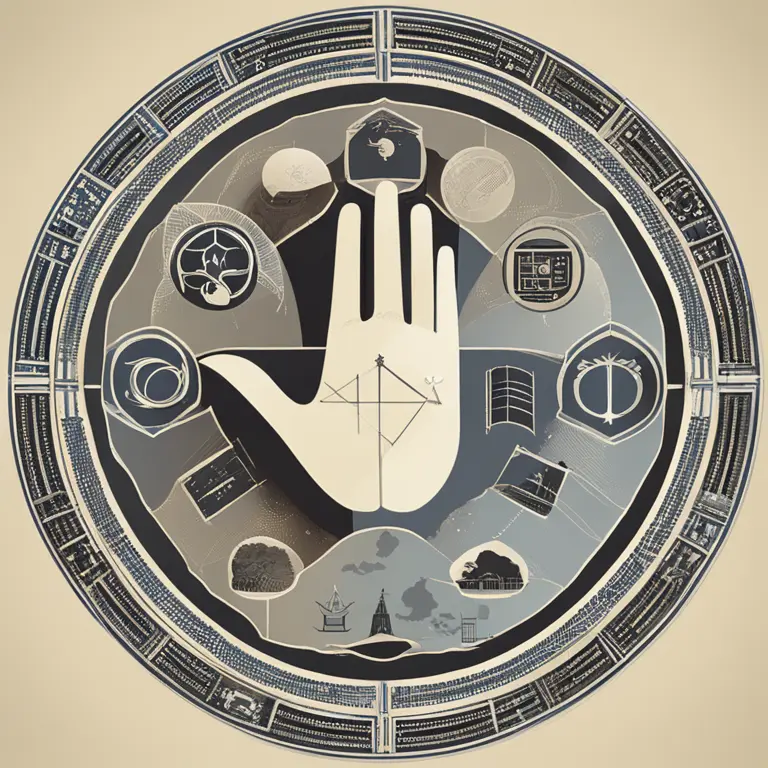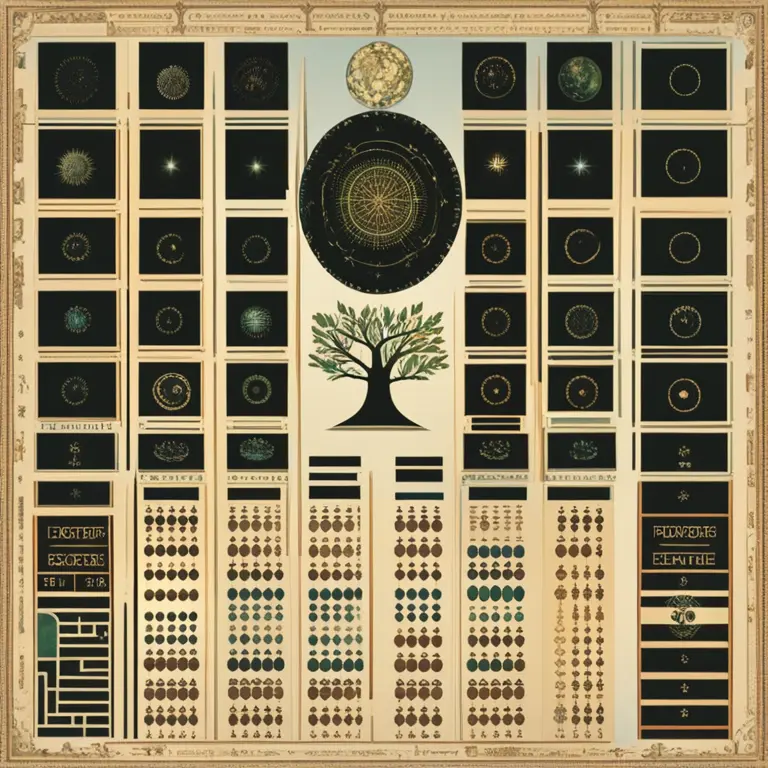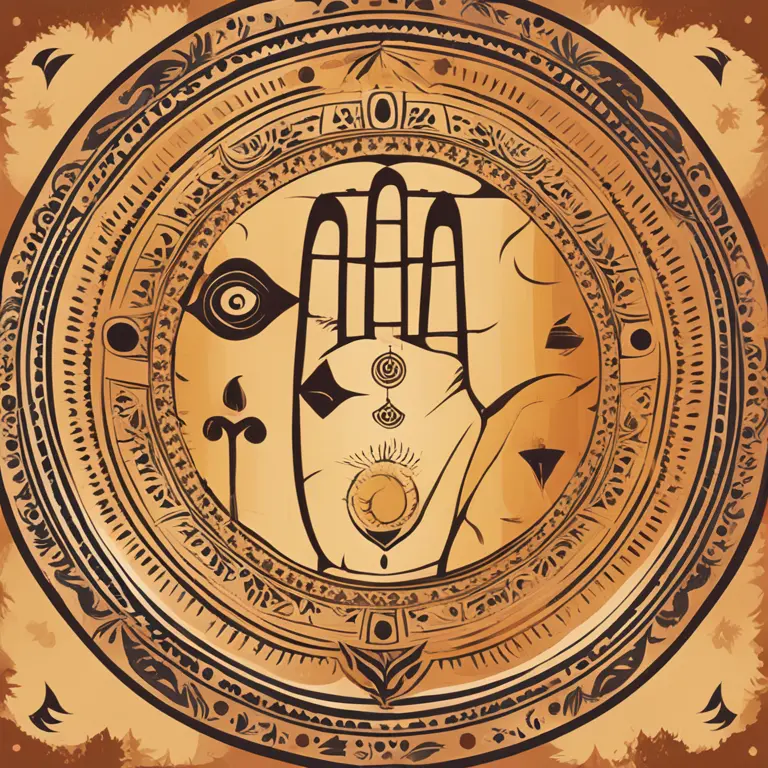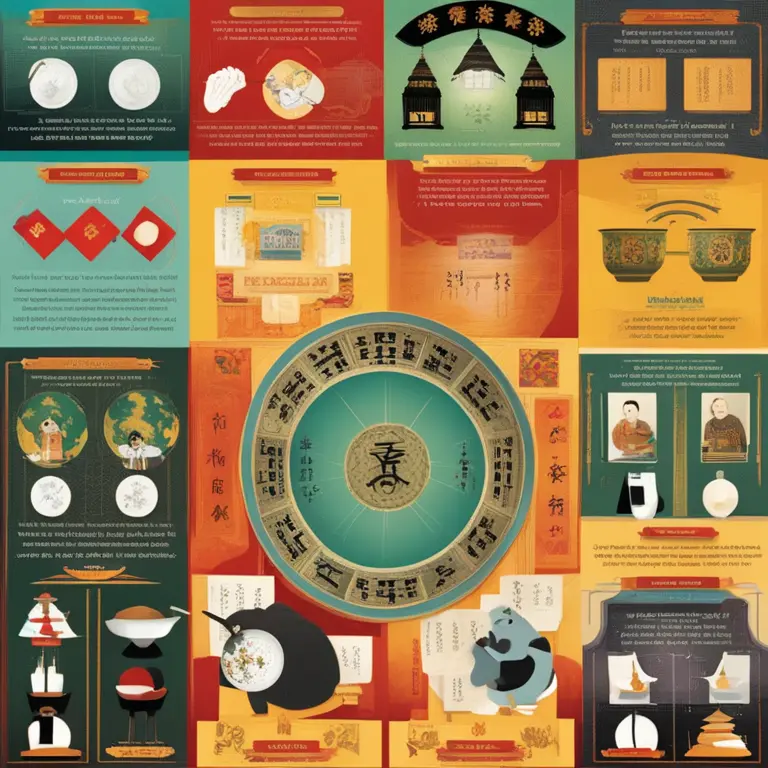
The Origins of Palmistry: Tracing its Historical Roots
Delve into the ancient practice of palmistry, discovering its historical beginnings and the cultural developments that shaped this mystical art.
article by Nora Pennington
Ancient Foundations of Palmistry
Palmistry, also known as chiromancy or cheiromancy, is believed to have originated thousands of years ago. Its roots are traced back to various ancient cultures such as the Indians, Tibetans, Chinese, Sumerians, and Babylonians. Experts in the field suggest that palmistry may have begun during the time of ancient astrology, where the hands were believed to show a microcosm of the heavens. Although it is challenging to pinpoint a single founder, historical evidence suggests that many societies simultaneously valued the wisdom they believed could be interpreted from the hands.

Indian Lore and Palmistry
One of the earliest documented references to palmistry can be found in the Indian subcontinent. The ancient Indian scriptures known as Vedas, specifically the 'Artharvaveda', mention palm reading practices that date back to 3,000 BCE or earlier. The Hindus termed the practice 'Hasta Samudrika Shastra' where 'hasta' means hand, 'samudrika' denotes ocean, and 'shastra' suggests a treatise or manual – an ocean of knowledge about the hand. Indian palmistry was deeply intertwined with astrology, with each finger and palm line associated with a corresponding celestial body.

Chinese Contributions to Chiromancy
Palmistry was also integral to ancient Chinese divination and medicine, with texts such as 'I Ching' offering insights into the practice. The Chinese believed that the palm lines reflected a person's personality and destiny. During the reign of Emperor Shun around 3,000 BCE, it was common for court officials to examine the hands of newborns for signs of notable qualities. The tradition continued and evolved, as palmistry became part of the broader scope of Chinese metaphysics and associated with the principles of yin and yang and the five elements.

Greek Philosophers and Palmistry
The practice of palmistry spread and eventually reached ancient Greece, where Anaxagoras, a Greek philosopher, is often credited with introducing palmistry to the Western world. However, it was Aristotle who purportedly wrote a treatise on palmistry, presenting it to Alexander the Great who took great interest in examining the character of his officers by analyzing their hands. The Greeks linked their understanding of palmistry with their mythological gods, infusing the practice with archetypal imagery which would become a significant aspect of the art as it was passed down through the ages.

Middle Eastern Influence and Developments
In the Middle Eastern region, palmistry was also a prominent practice. Islamic scholar Ibn-e-Hazrat is noted for his contributions to palmistry with his in-depth work on the lines of the hand and detailed analysis of each finger's significance. Thereafter, the mystical knowledge of palmistry is thought to have traveled through the Romani people, often mistakenly referred to as gypsies, who carried the art to Europe in the fourteenth century, where it was woven into local fortune-telling practices.
Modern Resurgence of Palmistry
While interest in palmistry waned during scientific revolutions, where it was dismissed as superstition, the nineteenth and twentieth centuries sparked a revival. Figures like Captain Casimir Stanislas D'Arpentigny and William G. Benham brought palmistry back into the public eye with their publications. As of 2024, palmistry continues to be a popular subject, with online platforms and modern practitioners combining ancient wisdom with digital technology, ensuring its ongoing relevance and adaptation in contemporary society.
Published: 1/11/2024
Modified: 1/12/2024
More predictions
Come back here soon to learn more about yourself and your future


Can We Trust Palmistry?
Delving into the realm of palmistry, this article examines its credibility and place in contemporary spiritual practices.


The Efficacy of Palmistry: Real Insight or Fancy?
Delve into the validity of palmistry as a form of divination. Is there a truth behind the lines on our palms, or is it just a charming fancy?


The Ancient Art of Vedic Palmistry
Discover the ancient art of Vedic Palmistry and its practice in the modern era, revealing the secrets held within the lines of the hand.